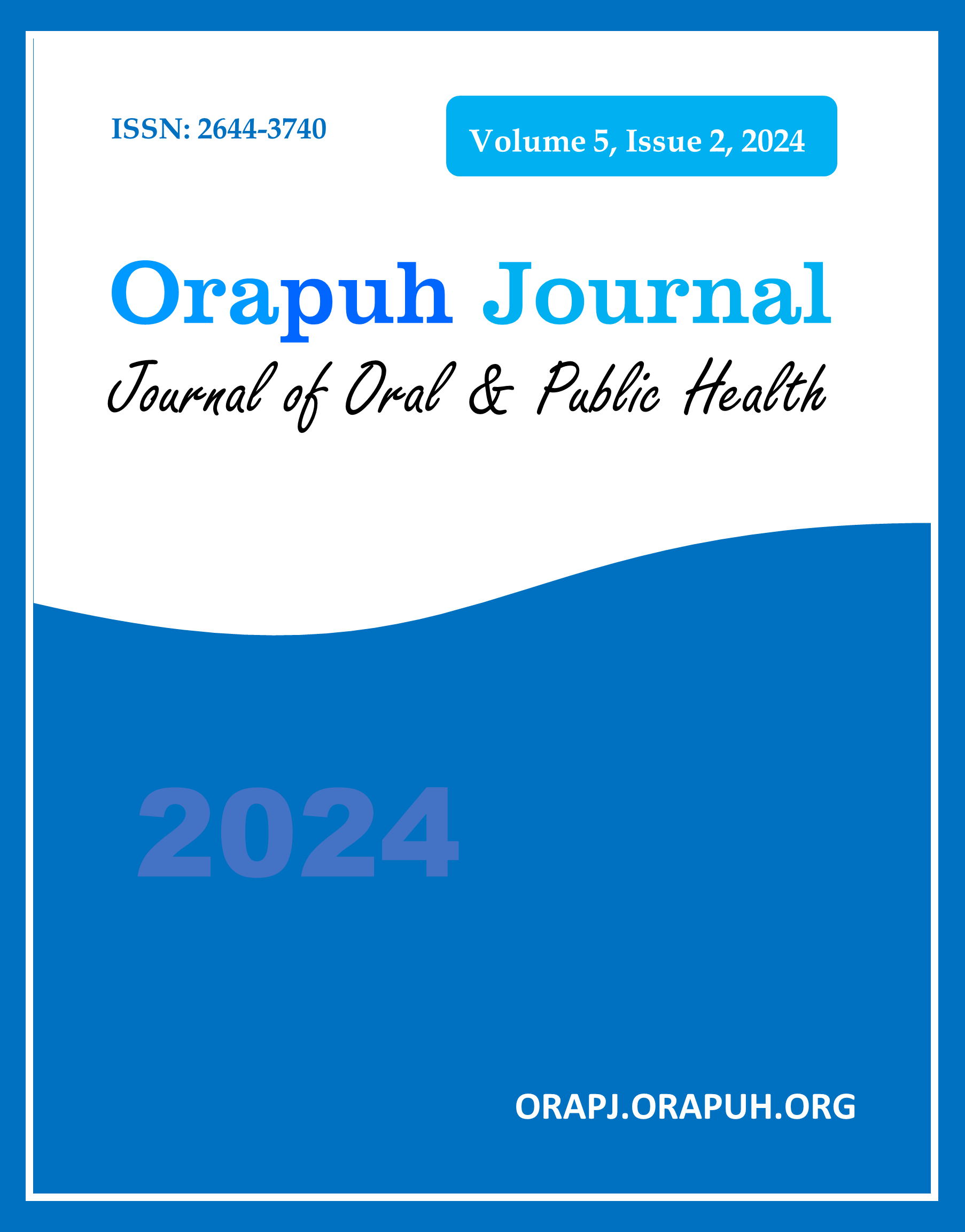Abstract
Introduction
Sickle cell disease is a genetic disease that affects the hemoglobin in red blood cells. The symptoms of this public health problem include anemia, painful crises, and an increased risk of infections. In the Democratic Republic of the Congo, the medicinal plant species Uappaca heudelotii, which has been reported to have antisickling activity in vitro constitutes a source of natural antisickling agents for potential clinical applications in sickle cell disease management.
Purpose
This study aimed to investigate the potential of two secondary metabolites (Naringenin-7-O-glucoside and Kaempferol-3-O-glucoside) from Uappaca heudelotii in treating sickle cell disease by targeting specific receptors (3NFY, 3WCU, 5VTB, and 7EJ1) associated with the condition.
Methods
Naringenin-7-O-glucoside and Kaempferol-3-O-glucoside from U. heudelotii were evaluated for their interaction with receptors associated with sickle cell disease namely 3NFY, 3WCU, 5VTB, and 7EJ1 using molecular docking simulation. Discovery Studio 2021 (Biovia) software package was used to prepare the receptor, to edit the binding site, and to visualize the results of docking. SWISS ADME and PKCSM bioinformatics tools were utilized for assessing physicochemical parameters and pharmacokinetic properties, respectively.
Results
Naringenin-7-O-glucoside and Kaempferol-3-O-glucoside exhibited significant interactions with the receptors; Both compounds formed hydrogen bonds with the receptors, indicating strong binding affinity; Naringenin-7-O-glucoside formed 4, 1, 6, and 3 hydrogen bonds with receptors 3NFY, 3WCU, 5VTB, and 7EJ1 respectively; Kaempferol-3-O-glucoside formed 5, 5, 8, and 2 hydrogen bonds with the same receptors respectively, indicating a higher number of interactions.
Conclusions
The study confirmed the potential of Naringenin-7-O-glucoside and Kaempferol-3-O-glucoside from U. heudelotii as effective agents against sickle cell disease. These compounds demonstrate promising antisickling properties by inhibiting hemoglobin polymerization and the Rapoport-Lübering shunt, rehydrating erythrocytes, and increasing fetal hemoglobin levels.
References
Achika, J. I., Ayo, R. G., Oyewale, A. O., & Habila, J. D. (2020). Flavonoids with antibacterial and antioxidant potentials from the stem bark of Uapaca heudelotti. Heliyon, 6(2), e03381. https://doi.org/10.1016/j.heliyon.2020.e03381
Asante-Kwatia, E., Gyimah, Lord, Mensah, A. Y., Sarpong, K., & Obeng, A. K. (2022). Authentication and quality control of Uapaca heudelotii Baill. - An investigation of pharmacognostic, phytochemical and physicochemical properties of its leaves and stem bark. Plant Science Today, 9(2), 477–485. https://doi.org/10.14719/pst.1476
Bembenek, S. D., Tounge, B. A., & Reynolds, C. H. (2009). Ligand efficiency and fragment-based drug discovery. Drug Discovery Today, 14(5–6), 278–283. https://doi.org/10.1016/j.drudis.2008.11.007.
Gbolo, Z., Ciala, N., Ngbolua, K., Tshibangu, D., Tshilanda, D., Memvanga, B., & Mpiana, P. (2022). Profilage phytochimique par chromatographie sur couche mince haute performance d’extraits de flavonoïdes totaux du Drepanoalpha® et évaluation de leur activité antidrépanocytaire in vitro. Annales Africaines de Médecine, 16, e4882-e4898.
Jacques Elion. (2020). Drepanocytose. INSERM.
Kambale, J., Ngolua, K., Mpiana, P., Mudogo, V., Tshibangu, D., Wumba, D., Mvumbi, L., Kalala, L., Mesia, K., & Ekutsu, E. (2013). Evaluation in vitro de l’activité antifalcémiante et effet antioxydant des extraits d’Uapaca heudelotii Baill. (Euphorbiaceae). International Journal of Biological and Chemical Sciences, 7(2). https://doi.org/10.4314/ijbcs.v7i2.9
Kirsch, P., Hartman, A. M., Hirsch, A. K. H., & Empting, M. (2019). Concepts and Core Principles of Fragment-Based Drug Design. Molecules, 24(23), 4309. https://doi.org/10.3390/molecules24234309
Kitadi, J. M., Mazasa, P. P., Sha-Tshibey Tshibangu, D., Kasali, F. M., Tshilanda, D. D., Ngbolua, K.-T.-N., & Mpiana, P. T. (2020). Ethnopharmacological Survey and Antisickling Activity of Plants Used in the Management of Sickle Cell Disease in Kikwit City, DR Congo. Evidence-Based Complementary and Alternative Medicine, 2020, 1–10. https://doi.org/10.1155/2020/1346493
Kitete, E. M., Kilembe, J. T., Bongo, G. N., Dinangayi, D. T., Tshibangu, D. S. T., & Mpiana, P. T. (2022). In silico screening of natural compounds from Jatropha curcas (Euphorbiaceae, Linn) and Jatropha gossypifolia (Euphorbiaceae, Linn) against SARS-CoV2, a COVID-19 main protease, using molecular docking approach. IJFAC (Indonesian Journal of Fundamental and Applied Chemistry), 7(3), 148–157.
Mpiana, P. T., Ngbolua, K.-N., Tshibangu, D. S. T., Kilembe, J. T., Gbolo, B. Z., Mwanangombo, D. T., Inkoto, C. L., Lengbiye, E. M., Mbadiko, C. M., Matondo, A., Bongo, G. N., & Tshilanda, D. D. (2020). Identification of potential inhibitors of SARS-CoV-2 main protease from Aloe vera compounds: A molecular docking study. Chemical Physics Letters, 754, 137751. https://doi.org/10.1016/j.cplett.2020.137751
National Center for Biotechnology Information (2024). PubChem Compound Summary for CID 92794, Prunin. Retrieved February 12, 2024 from https://pubchem.ncbi.nlm.nih.gov/compound/Prunin.
Ngbolua, K. N., Kilembe, J. T., Matondo, A., Ashande, C. M., Mukiza, J., Nzanzu, C. M., Mpiana P.T, & Mudogo, V. (2022). In silico studies on the interaction of four cytotoxic compounds with angiogenesis target protein HIF-1α and human androgen receptor and their ADMET properties. Bulletin of the National Research Centre, 46(1), 1–12.
Ngbolua, K. N., Tshibangu, D. S. T., Mpiana, P. T., Mihigo, S. O., Mavakala, B. K., Ashande, M. C., & Muanyishay, L. C. (2015). Anti-sickling and antibacterial activities of Some Extracts from Gardenia ternifolia subsp. jovis-tonantis (Welw.) Verdc.(Rubiaceae) and Uapaca heudelotii Baill.(Phyllanthaceae). Journal of Advances in Medical and Pharmaceutical Sciences, 4(6), 10–19.
Ngunde-te-Ngunde, S., Lengbiye, E. M., Bongo, G. N., Bolamba, N. B., Ashande, C. M., Zoawe, B. G., & Ngbolua, K. N. (2020). Ethno-botanical survey on medicinal plants traditionally used to treat sickle cell anemia in yakoma territory (Nord-Ubangi, DR Congo). International Journal of Plant Science and Ecology, 6(1), 7–13.
Shultz, M. D. (2013). Setting expectations in molecular optimizations: Strengths and limitations of commonly used composite parameters. Bioorganic & Medicinal Chemistry Letters, 23(21), 5980–5991. https://doi.org/10.1016/j.bmcl.2013.08.029
Thiam, L., Dramé, A., Coly, I. Z., Diouf, F. N., Seck, N., Boiro, D., Ndongo, A. A., Basse, I., Niang, B., Deme-Ly, I., Sylla, A., Diagne, I., & Ndiaye, O. (2017). Profils épidemiologiques, cliniques et hématologiques de la drépanocytose homozygote SS en phase inter critique chez l’enfant à Ziguinchor, Sénégal. Pan African Medical Journal, 28. https://doi.org/10.11604/pamj.2017.28.208.14006
Yembeau, N. L., Biapa Nya, P. C., Pieme, C. A., Tchouane, K. D., Kengne Fotsing, C. B., Nya Nkwikeu, P. J., Feudjio, A. F., & Telefo, P. B. (2022). Ethnopharmacological Study of the Medicinal Plants Used in the Treatment of Sickle Cell Anemia in the West Region of Cameroon. Evidence-Based Complementary and Alternative Medicine, 2022, 1–10. https://doi.org/10.1155/2022/5098428

This work is licensed under a Creative Commons Attribution-NonCommercial 4.0 International License.

